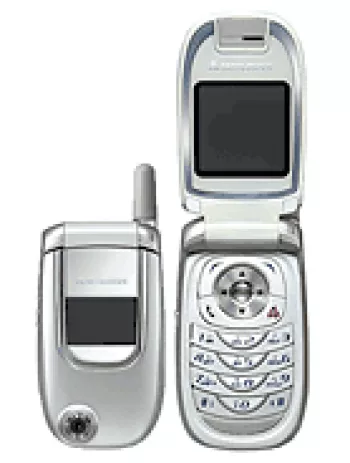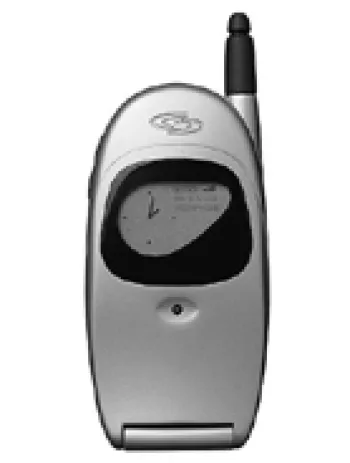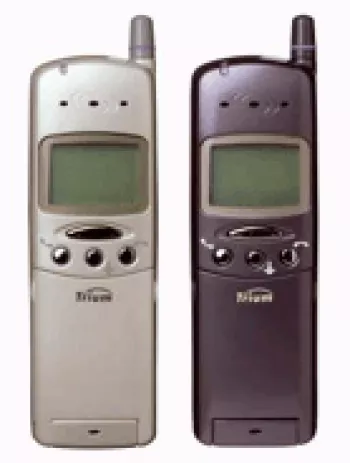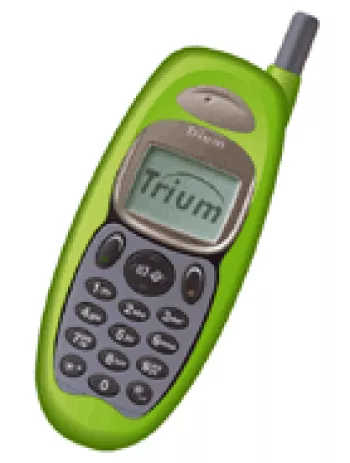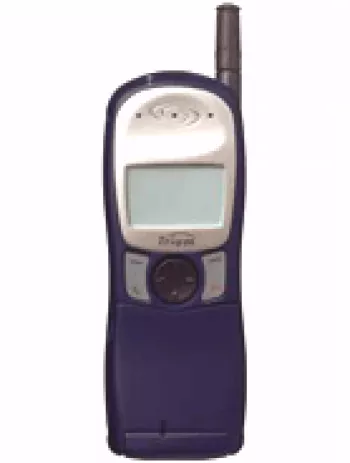Unveiling the Mitsubishi M750 Specs Pricing Pros & Cons

Introduction to the Mitsubishi M750
The Mitsubishi M750 was launched in the fourth quarter of 2003 and was part of a wave of feature phones that emphasized both style and basic functionality. Despite being discontinued, it holds a fond place in the memories of those who used it during its era. This device is a testament to the early 2000s mobile technology—simple yet effective. In this article, we will explore the various aspects of the Mitsubishi M750, including its design, features, and technical specifications, providing a comprehensive understanding of this nostalgic mobile phone.
Design and Build
The Mitsubishi M750 comes in a compact and sturdy design, measuring 96 x 47 x 24 mm and weighing approximately 102 g. It fits comfortably in the hand, providing a good grip thanks to its ergonomic design. The phone's exterior reflected the typical aesthetics of early 2000s mobile devices, featuring a classic candy bar form factor. It uses a Mini-SIM card, which was standard at the time.
Display
The phone features a TFT display capable of displaying 256K colors, with a resolution of 128 x 160 pixels. The quality of the display was decent for its time, offering sufficient clarity for viewing text and basic graphics. However, the size of the screen, typical of phones of its era, was relatively small compared to today’s standards, making the device handy and pocket-friendly.
Camera Capabilities
The Mitsubishi M750 is equipped with a VGA camera possessing a resolution of 0.3MP. While this might seem negligible in today's world dominated by high-resolution smartphone cameras, at the time, having a built-in camera was still considered a luxury and a noteworthy feature. The camera primarily served basic photography needs, capturing simple images without the ability to record video.
Technical Specifications
Network and Connectivity
The device operates on GSM technology, supporting 2G bands GSM 900 / 1800. It includes GPRS Class 8, although it lacks EDGE technology. The absence of modern wireless technologies like WLAN, Bluetooth, and advanced positioning systems emphasizes its basic nature as a feature phone.
Memory and Storage
The internal storage of the Mitsubishi M750 is limited to 5MB, with no support for expandable memory slots, such as SD cards. The phone book can store up to 255 contacts, with the capability to save up to six fields per contact. The call log supports storage for 10 dialed, 10 received, and 10 missed calls. While limited by today's standards, these features fit typical usage patterns at the time.
Battery Performance
Powered by a removable Li-Ion battery, the M750 can reportedly standby for up to 250 hours and provide a talk time of up to 5 hours. The battery life was adequate for the level of usage expected from users during the early 2000s, ensuring the phone could last through a day of standard activities on a single charge.
Multimedia and Entertainment
The Mitsubishi M750, despite its simple nature, was designed with some entertainment features. It supported downloadable polyphonic ringtones and included a loudspeaker for audio playback. However, it lacked a 3.5mm jack, limiting audio accessory compatibility. The phone offered some built-in games, with the option to download a demo version of Mox, appealing to users’ entertainment needs during downtime.
Additional Features
The M750 was equipped with basic messaging capabilities such as SMS, MMS, and email support, offering a range of communication options. A WAP 1.2.1 browser provided basic internet access suitable for light web browsing. Additionally, the phone supported Java, allowing for some application flexibility. Language options included English, French, German, Italian, Spanish, and Dutch, making it accessible to a diverse range of users.
Conclusion
The Mitsubishi M750 represents a piece of mobile history, showcasing the transitional phase from basic cell phones to more advanced smartphones. While its features may seem primitive today, at the time of its release, it struck a balance between essential functionality and some aspirational features. Its durability, simple design, and basic multimedia options made it a reliable companion for users at the time, and it remains a nostalgic memory for many.
Key Features of Mitsubishi M750
- GSM 900/1800 technology for basic global connectivity.
- Compact dimensions (96 x 47 x 24 mm) and lightweight (102 g) for easy portability.
- TFT display with 256K colors and resolution of 128 x 160 pixels for vivid visuals.
- VGA main camera for basic photography needs.
- Support for SMS, MMS, and Email for versatile communication options.
- Infrared port for data transfer with compatible devices.
- Removable Li-Ion battery with up to 250 hours standby time and up to 5 hours talk time.
- Java support enables execution of Java-based applications.
- Multi-language support including English, French, German, Italian, Spanish, and Dutch.
Disadvantages of Mitsubishi M750
- Limited network technology support - only GSM 900/1800 bands.
- No EDGE support for faster data speed.
- Discontinued model, making it difficult to find support or replacement parts.
- Limited internal memory of only 5MB with no option for memory expansion via card slot.
- No video recording capability - only a VGA main camera.
- Lack of a selfie camera.
- No support for Bluetooth and WLAN connectivity.
- Absence of positioning features such as GPS.
- Does not support a 3.5mm headphone jack for audio output.
- Limited by basic WAP 1.2.1 browser, which may not support modern web browsing needs.
- No FM radio feature.

View Also
More Phones
All Rights Reserved +14266 Phones © Mobilawy 2025
















